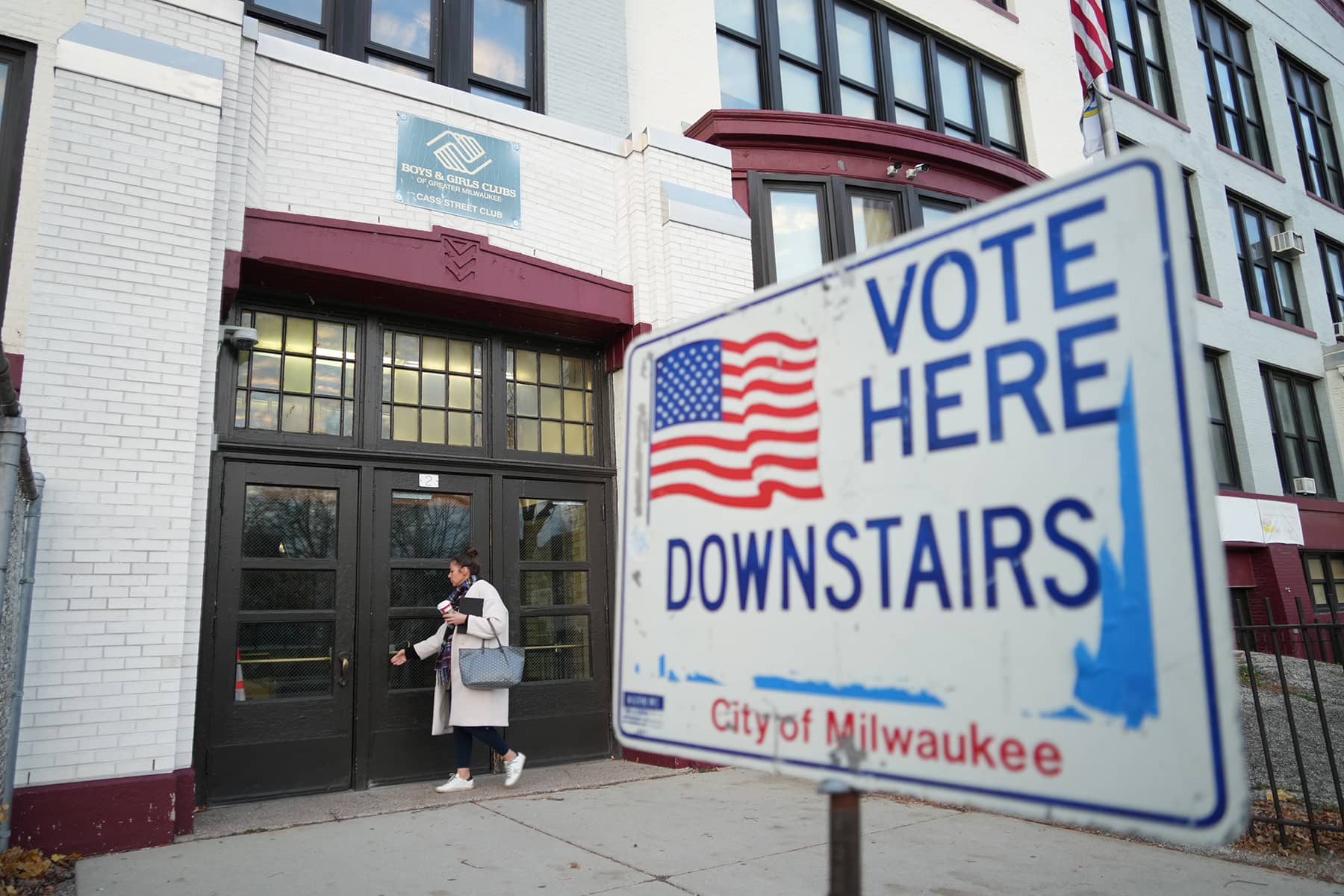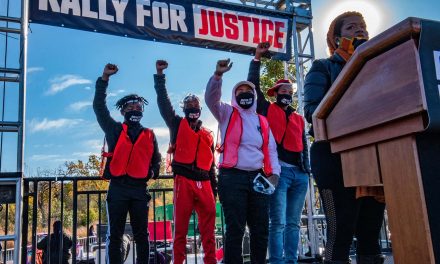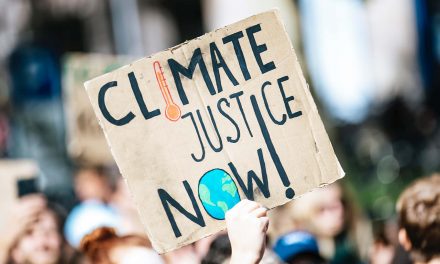
As ranked-choice voting gains steam elsewhere in the country, a leader of Wisconsin’s Green Party is calling for that method of electing government officials to be adopted here, as the future of democracy and a way to increase enthusiasm for voting.
“The current system is centered around getting people to fear and hate the other side,” said party co-chair Dave Schwab. “Ranked-choice frees people from the idea that you have to vote for the lesser evil.”
“The current system is centered around getting people to fear and hate the other side,” Schwab said. “Ranked-choice frees people from the idea that you have to vote for the lesser evil.”
Under a ranked-choice approach, voters may order which candidates they prefer rather than voting for a single person. For example, if no candidate wins a majority, the bottom candidate may be eliminated and their votes divvied up for each voter’s second pick. Rounds continue until one candidate receives more than 50 percent of the vote.
At least 63 jurisdictions throughout the nation have some form of ranked-choice voting, according to FairVote. An August special election marked Alaska’s first ranked-choice voting test. Under the new system, a Democrat won the state’s only House seat for the first time in nearly five decades.
Schwab said ranked-choice would boost third-party and independent candidates by giving voters “more power” to choose their representatives. He cited a 2021 Gallup poll showing public support for a third-party option was at a record high.
“We need alternative parties and independent campaigns to show that the current system is not working,” he said. “We need to evolve to a healthy, multiparty democracy where hopefully you can feel excited about voting.”
Two years ago, a bipartisan group of state lawmakers introduced legislation to make Wisconsin a ranked-choice voting state. The bill failed to gain enough support.
In November, Green Party Secretary of State candidate Sharyl McFarland came in fourth place with about 1.6 percent of the total vote. But McFarland’s voters — more than 41,000 — were enough to qualify the party for a spot on Wisconsin’s 2024 presidential ballot.
The party was banned from presenting a candidate in the 2020 presidential race after Democrats successfully lobbied the Wisconsin Elections Commission to disqualify the party for receiving too few signatures.
In Wisconsin’s 2016 presidential race, Green Party candidate Jill Stein received about 31,000 votes in an election where Republican candidate Donald Trump defeated Democratic candidate Hillary Clinton by nearly 23,000 votes. Libertarian candidate Gary Johnson received over 100,000 votes in the same election.
Schwab dismissed concerns that a Green Party candidate on the ballot in 2024 could siphon votes from Democrats and improve GOP chances of winning the swing state again. He said polling shows most people who vote for Green Party candidates would otherwise not vote at all.
“The question is, if Democratic politicians really believe that Greens are getting votes that rightfully belong to them, then why aren’t they using all the power they have now across the country to pass ranked-choice voting and proportional representation?” he said. “We’re not talking about things that would just help Greens but would give more power to every single voter whether they vote Democrat, Republican, Green or whatever.”
Royce Podeszwa
Lee Matz
Originally published on Wisconsin Public Radio as Green Party leader urges ranked-choice voting in Wisconsin














